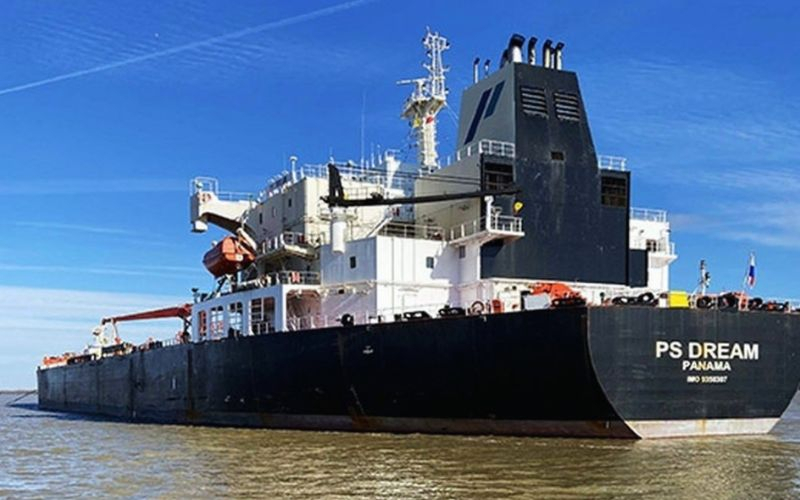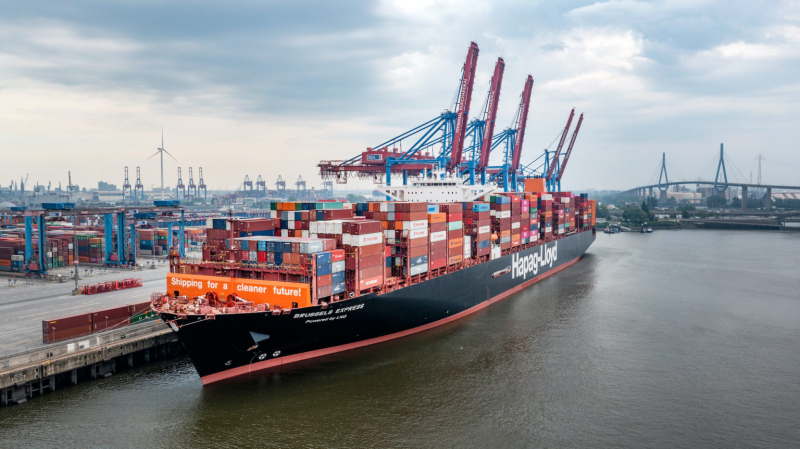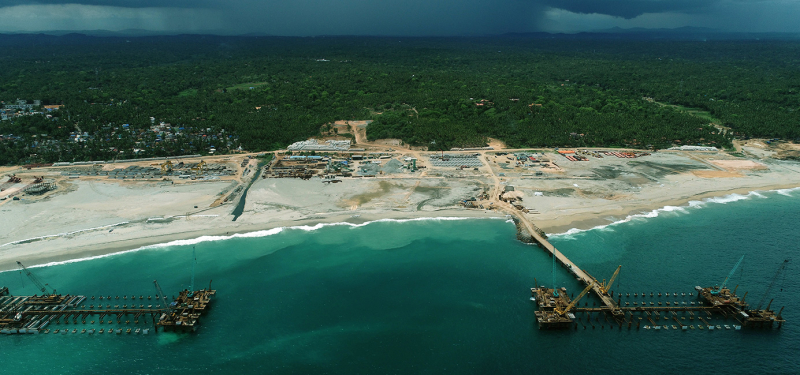Global container rates have dropped to their lowest point since December 2023, the period just before the Red Sea disruptions began, due to weakening demand and vessel overcapacity.
.webp) Container ship (Photo: Shutterstock/Phaata)
Container ship (Photo: Shutterstock/Phaata)
Global container shipping costs have fallen to their lowest level since the Red Sea disruptions began, amid weakening demand and an abundant supply of vessels.
Drewry's World Container Index, published last Thursday, showed that the spot rate for a 40-foot container from Shanghai to Rotterdam fell to $1,735 last week. This is the lowest level since mid-December 2023, the point at which carriers like MSC and Maersk began diverting ships around the Cape of Good Hope to avoid missile and drone attacks by Houthi forces in the Red Sea.
Main Routes Fall to Nearly 2-Year Lows
Although the diversions are still straining global supply chains, freight rates have been continuously cooling off. Analysts point to falling demand and overcapacity as the main drivers.
• The Shanghai–Rotterdam route has now seen its eighth consecutive week of rate declines.
• Transpacific rates are also under pressure. Drewry's benchmark rate for the Shanghai–Los Angeles route fell to $2,311 per 40-foot container, also its lowest level since December 2023.
Disruptions Continue
Notably, this drop in rates is happening even as maritime routes have not returned to normal. The PortWatch tool from the International Monetary Fund (IMF) and the University of Oxford reported only 17 vessels transited the Suez Canal on September 21, compared to 47 per day in early December 2023.
Alongside supply-demand factors, uncertainty over U.S. tariff policy under President Donald Trump has also created volatility throughout 2025.
Port of Los Angeles Executive Director Gene Seroka has warned that U.S. import demand could weaken further in the second half of this year, signaling a difficult period ahead for U.S.-bound trade lanes.





























